A California woman popped out her second baby in a home water birth that’s been seen more than 18 million times and counting.

The intimate moment was posted this month to social media by the couple’s midwife, Lisa Marie Sanchez Oxenham. The video, taken July 20th, lasts less than a minute and makes childbirth look pretty effortless and painless.
It starts with 33-year-old mom Audra Sykes-Clark sitting quietly in a tub with her husband Pete who’s holding her. Then, after a final push, she calmly pulls out her baby and is overcome with emotion as she lays him on her chest.
Thousands of people around the world have commented on it. Many marvelled at how “beautiful” the birth was and were amazed at its apparent ease.
“She gave birth like a boss,” Karena Sezawich wrote on Facebook.
Sykes-Clark told Global News it wasn’t quite as speedy and seamless as the video made it seem. She went into labour at 8 a.m. and gave birth at 12:46 p.m.
“It was difficult,” she admitted. “Birth is not easy. Crowning was the hardest part, but my husband and midwife provided a lot of emotional and physical support, and we made it through!
“I was definitely very loud and ready to give up at one point. The video makes it look so easy, because his head was already out, which is difficult to see under the water. It only shows the last push, which wasn’t really painful, just intense and very emotional.”
Her midwife told the BBC the private and relaxed atmosphere “is something we just don’t associate with childbirth anymore and certainly don’t see enough of.”
Water births have grown in popularity over the last three decades, according to the American Pregnancy Association.
In Canada, women who get a midwife can opt to have a water birth at home (in an inflatable tub) or at a birth facility like the Toronto Birth Centre or the Lucina Centre in Edmonton.
Some newer hospitals, such as Ontario’s Kingston General and B.C. Women’s Hospital in Vancouver, offer the option as well.

Get weekly health news
WATCH: A Saskatoon hospital is among those offering water births to midwifery clients
Are water births safe?
There have been studies that warned of a potential increased risk of infection and complications, for instance. Giesbrecht feels many of those studies weren’t well-controlled.
She believes that when a well-skilled and trained midwife is involved — and it’s not a high-risk patient — it can be just “as safe as” a traditional birth.
However, labouring in water and delivering the baby in water are two different matters.
READ MORE: ‘Birthgasms’ have helped some lucky women reduce pain during childbirth
“Labour in water has absolutely been proven to show better comfort and less pain for mom… definitely beneficial. Less epidurals, less narcotics.”
The warm water is said to relax women in labour. And when women are more relaxed, the labour is “smoother,” Giesbrecht explains.
When it comes to delivery, she claims “there are no benefits.” Some research has suggested there may even be an increased risk of tearing.
Giesbrecht personally recommends having the labour in water and then coming out or draining the tub for delivery.
Not everyone can have a water birth
Those who are squeamish need not apply. The water may get filled with bodily fluids and, in the worst case scenario, poop (which a midwife would quickly scoop out).
In order to be considered for a water birth, your pregnancy also needs to meet certain criteria.
“It’s not an option for everyone,” Giesbrecht said.
A woman needs to be at term, carrying only one baby, and the baby can’t be breached.
There also shouldn’t be any conditions that require monitoring.
Sykes-Clark said her first home water birth with her now five-year-old was “traumatic” for her. It lasted 10 hours and she wasn’t mentally prepared for it.
For her second go at it, she still thought being at home would be better than being “watched” by so many people in hospital (she’s still “shocked” so many millions ended up watching it online).
“This was redemptive and definitely the most joyful moment of my life.”

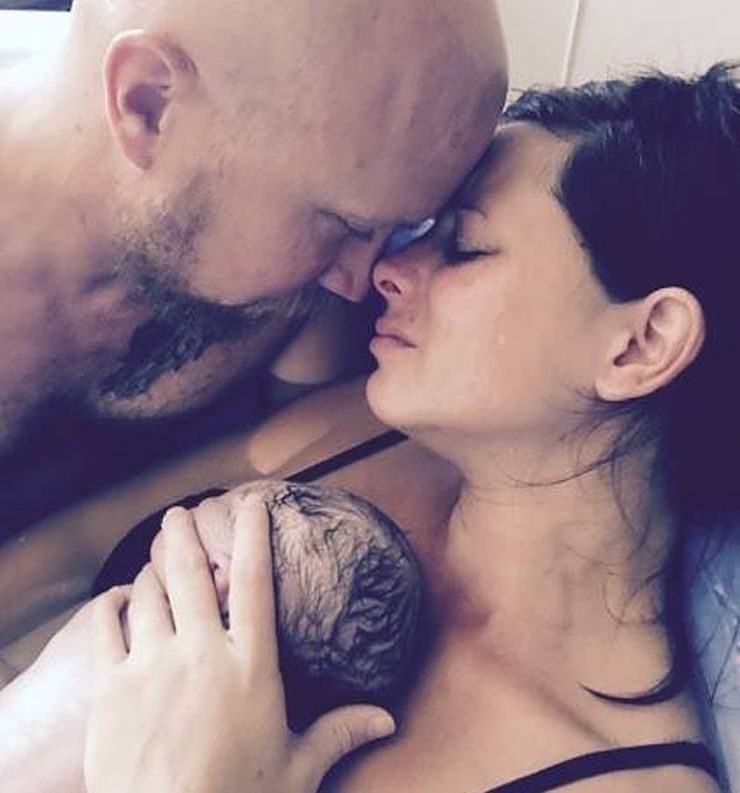

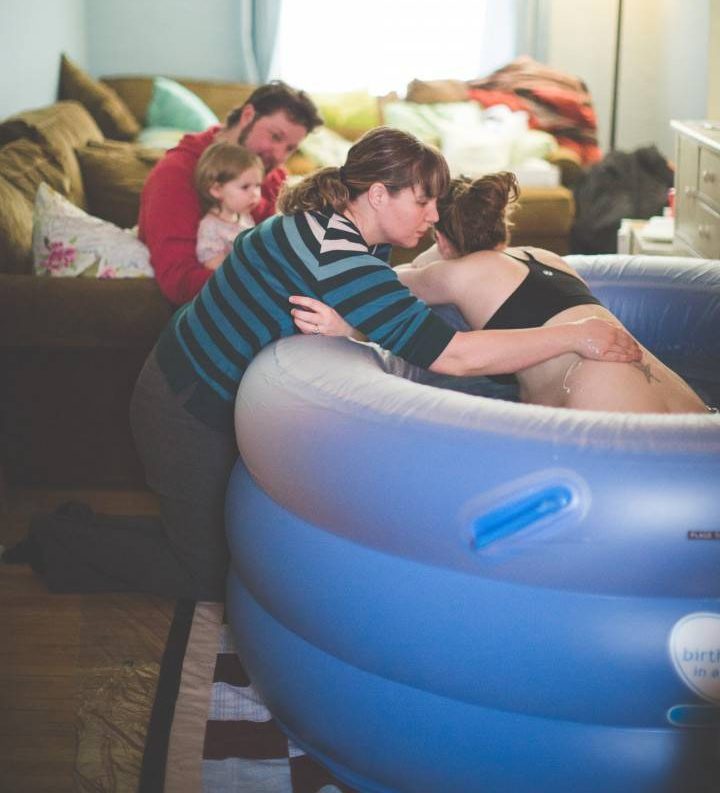

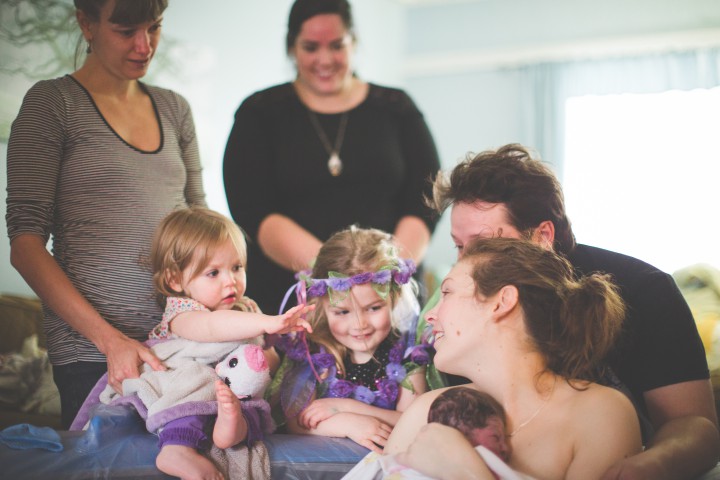



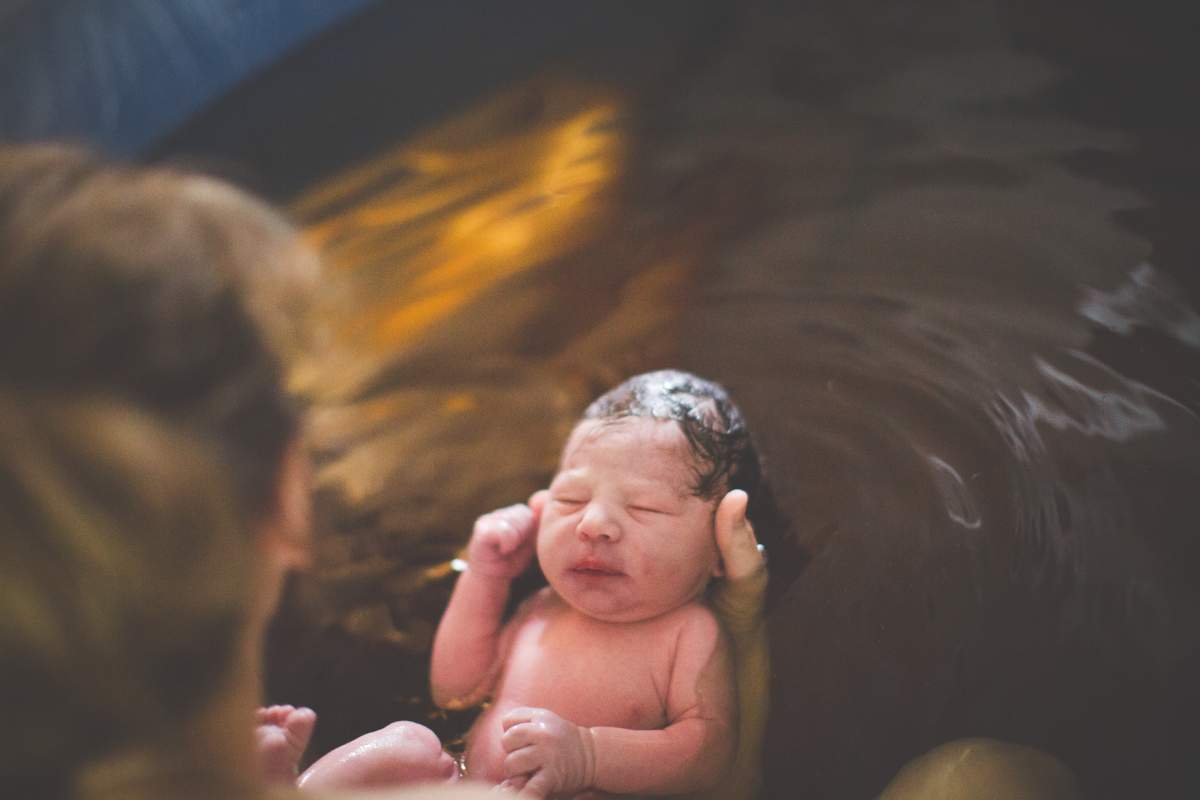

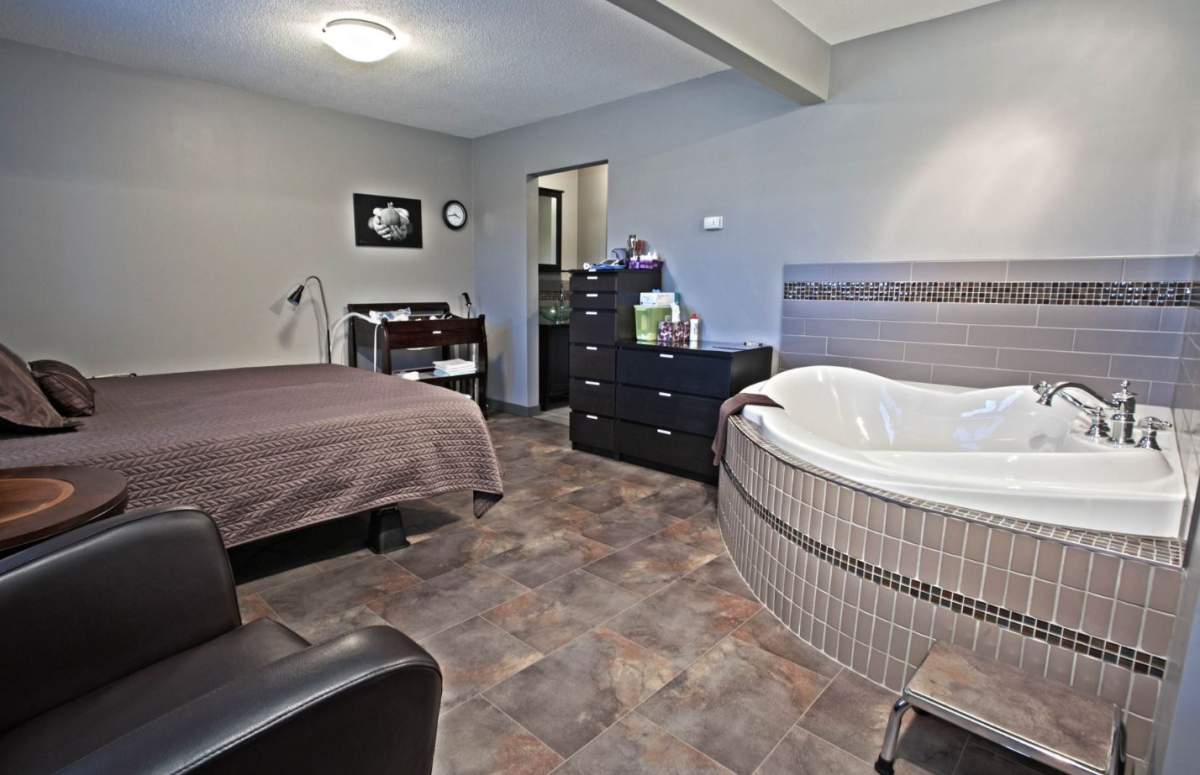




Comments